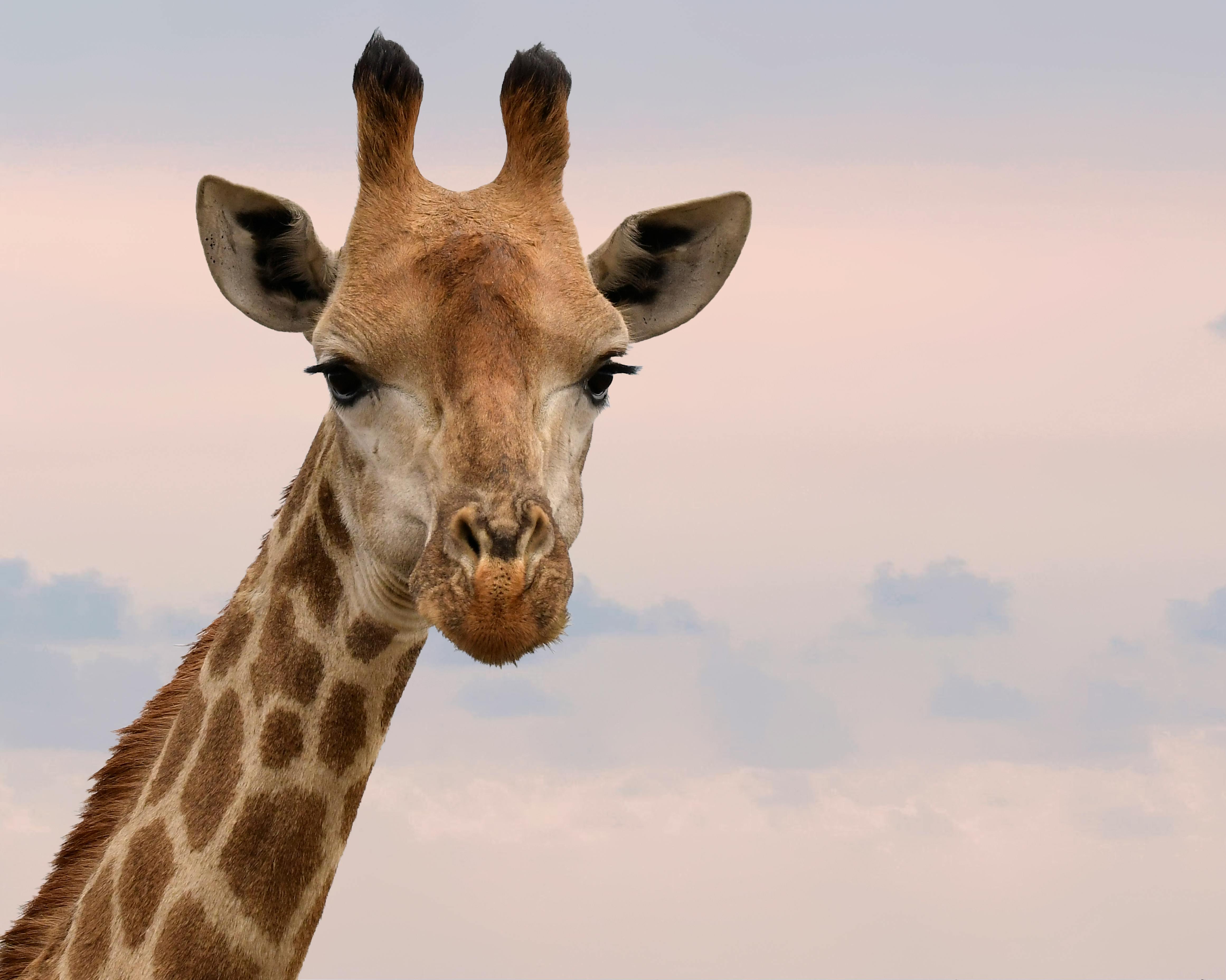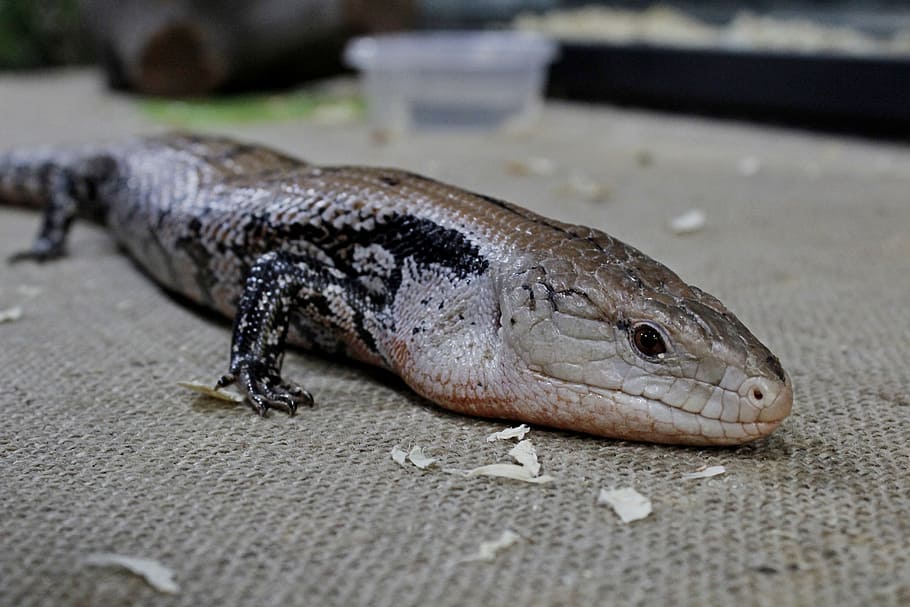In Australia and New Guinea, you can find blue-tongued skink lizards. They can scare off predators by flinging out their blue tongue. Saliva that sticks to the tongue also aids in the lizard's ability to capture prey. The varied family of skink lizards is recognized for its members' elongated bodies, smooth, overlapping scales, and distinctive cylindrical shape. They can be found all over the world in a variety of settings, including cities, deserts, and even woods. Skinks can lose their tails to protect themselves from predators, which is one of their distinctive characteristics. Most of these lizards are small to medium in size, but some can reach a length of a foot. They eat mostly insects, though they will occasionally eat fruits and plants as well. Skinks are crucial predators and prey in ecosystems, maintaining the balance of each of their distinct habitats.
In Africa, you can find impala antelopes. They lick their eyes and noses with a dark blue tongue that they possess. Additionally, bacteria that aid in impala disease defense are found on the tongue. African impala antelopes are medium-sized herbivores. Their unique look, which includes reddish-brown coats with white bellies and noticeable black stripes on their hindquarters, has earned them a reputation for being stunning. Impala males are distinguished by their spectacular twisted horns, whereas females are devoid of them. They can leap huge distances to avoid predators and are quick and agile runners. Impalas are an important prey species in the African savannas, providing a key food source for many predators, such as lions and cheetahs. Impalas graze mostly on grasses. These antelopes are extremely gregarious creatures and frequently create big herds for both social interaction and safety.
A native of China, the chow breed. Because of a genetic mutation, they have a tongue that is dark blue. It can be a little unsettling to see the dog's tongue, but it does no harm to the dog. The Chow Chow, also known simply as the Chow, is an unusual and ancient breed distinguished by its lion-like mane, remarkable blue-black tongue, and aloof demeanor. This breed, which has its roots in China, was first employed for a number of tasks, including hunting, guarding, and pulling carts. Medium to huge in stature, Chow Chows have a strong physique, a thick coat of dense fur, and a defining lion-like ruff around their neck. They are renowned for being independent and strong-willed, which makes them devoted but occasionally wary of outsiders. For Chow Chows to thrive as self-assured, well-behaved pets, early socialization and continuous training are essential. They make excellent watchdogs thanks to their instinct for protection, and their noble demeanor further adds to their special appeal. Proper grooming is necessary to keep their coats healthy.




